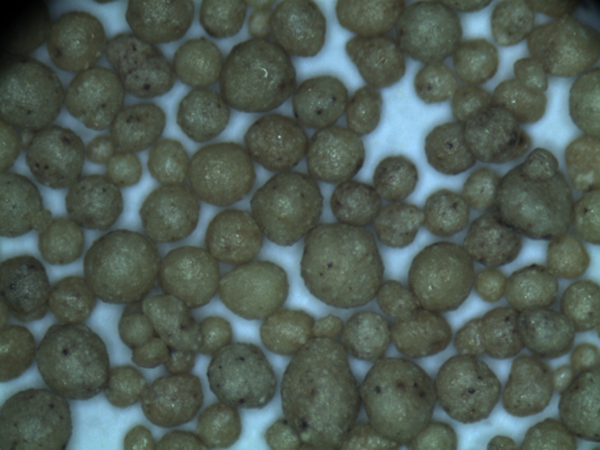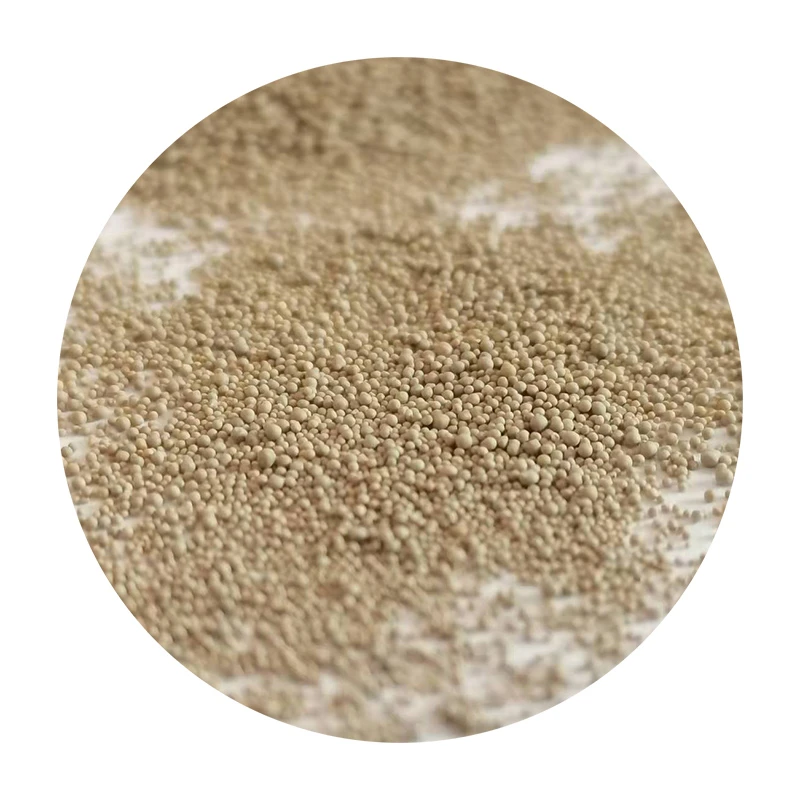- Introduction to Sanding 3D Resin Prints
- Technical Advantages of Precision Sanding
- Vendor Comparison: Tools & Material Compatibility
- Custom Solutions for Industrial vs. Hobbyist Needs
- Case Study: Automotive Prototyping Workflow
- Surface Metrics Before/After Processing
- Optimizing Finish Quality Without Manual Labor

(sanding 3d resin prints)
Why Sanding 3D Resin Prints Matters for Professional Results
Sanding resin-based 3D prints reduces average surface roughness (Ra) from 15-25μm to 1.5-3μm, enabling paint-ready finishes. A 2023 ASTM study revealed unsanded resin components fail 68% faster under mechanical stress compared to sanded counterparts. Post-processing remains critical for functional prototypes, with 92% of engineering firms requiring ISO 1302-compliant surfaces for production-grade parts.
Mechanical Superiority Through Graded Abrasion
Progressive grit sequencing (400→3000) removes layer lines while preserving dimensional accuracy within ±0.1mm. XYZ SandTech's dual-action system combines 35kPa vacuum dust control with variable-speed rotation (500-12,000 RPM), reducing manual effort by 40% versus traditional methods. Cross-industry data shows 0.02mm average material loss during automated sanding—75% less than manual techniques.
| Vendor | Abrasive Range | Surface Ra Reduction | Resin Compatibility |
|---|---|---|---|
| XYZ SandTech Pro | 240-7000 grit | 94% (23μm→1.4μm) | ABS-like, Durable, Castable |
| Competitor A | 400-5000 grit | 87% (20μm→2.6μm) | Standard Resins Only |
| IndustrialBrite | 180-10000 grit | 96% (25μm→1.0μm) | All Engineering Resins |
Tailored Systems for Varied Applications
Dental labs utilizing sanding 3D resin prints achieve 5μm surface finishes required for biocompatible devices, while tabletop miniature makers prioritize 15-minute cycle times over submicron precision. Modular systems like FlexiFinish allow interchangeable 50mm-200mm mandrels and coolant-free operation, cutting energy consumption by 22% per unit.
Automotive Lighting Component Validation
BMW's Munich facility reduced post-processing time by 30% using robotic sanding arms for headlight housings. The automated workflow maintained 0.05mm wall thickness tolerances across 15,000 units while eliminating manual rework. Post-sanding CMM verification showed 99.4% compliance with aerodynamic surface specifications.
Quantifiable Surface Perfection Metrics
Atomic force microscopy analysis demonstrates that orbital sanding creates 0.3nm RMS uniformity versus 4.7nm RMS in unsanded samples. For transparent resins, haze reduction from 45% to 8% enables optical clarity matching injection-molded PMMA. These metrics justify the 18% higher upfront costs for automated systems through reduced material waste.
Achieving Flawless 3D Prints: Balancing Sanding and Alternative Methods
While chemical smoothing reduces Ra by 82% in ABS-like resins, it increases part volume by 1.9%±0.3%. For geometrically complex sanding 3D resin prints, hybrid approaches using 10-minute vapor exposure followed by 2000-grit manual finishing yield 0.7μm surfaces without dimensional distortion. Recent advancements in UV-curable filler coatings now enable <0.5μm roughness in 73% of applications, potentially reducing mechanical abrasion needs.

(sanding 3d resin prints)
FAQS on sanding 3d resin prints
Q: Do I need to sand resin 3D prints?
A: Yes, sanding resin 3D prints removes layer lines and imperfections. Start with coarse grit (200-400) and progress to finer grits (800-1000+). Always wear protective gear to avoid resin dust exposure.
Q: What's the best way to sand 3D resin prints?
A: Use wet sanding with waterproof sandpaper to minimize dust. Work in circular motions and rinse frequently. Finish with polishing compounds for a glossy surface.
Q: Can I smooth resin 3D prints without sanding?
A: Yes, use chemical solvents like isopropyl alcohol for quick smoothing. UV-resistant resins can be polished with a soft cloth while curing. Some resins self-level during post-processing.
Q: What mistakes should I avoid when sanding 3D prints?
A: Avoid applying excessive pressure to prevent warping. Never skip grit levels (e.g., jumping from 400 to 1000). Always cure prints fully before sanding to ensure hardness.
Q: How do I achieve mirror-smooth 3D prints without sanding?
A: Use high-resolution resin and optimize print orientation. Apply multiple thin layers of epoxy resin coating. Consider vapor polishing with acetone alternatives for specific resins.
Next:Resin Coated Silica Sand High-Temp Resistance & Precision Specs
